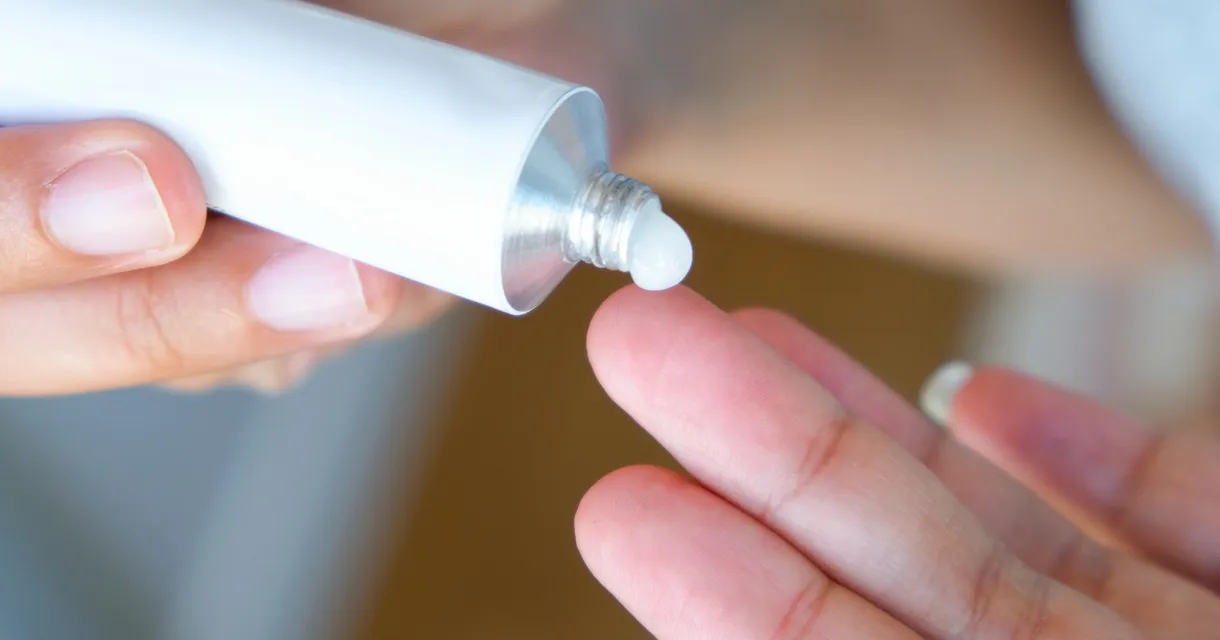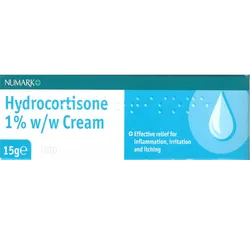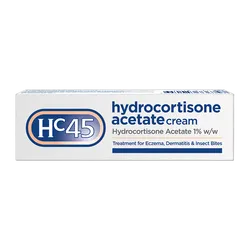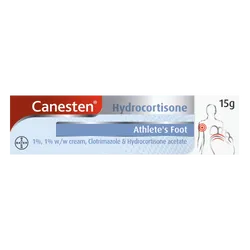Hydrocortisone cream is a common treatment for insect bites, skin rashes, and mild inflammatory skin conditions. Often available over the counter in 1% strength, it can provide quick relief from itching, redness, and swelling. But is it always the best option? In this article, we explore the benefits, risks, and when to use hydrocortisone cream — with guidance from trusted sources like the NHS.
What Is Hydrocortisone Cream?
Hydrocortisone is a mild corticosteroid used to treat skin inflammation. It works by suppressing the body's immune response in the area where it's applied, reducing redness, swelling, and itching.
You’ll often find it recommended for:
- Insect bites
- Eczema flare-ups
- Contact dermatitis
- Allergic rashes
- Mild psoriasis
Benefits of Using Hydrocortisone for Insect Bites and Rashes
1. Fast Itch Relief
Hydrocortisone calms the histamine response that causes itchiness after a bite or allergic reaction — useful for mosquito bites, midge bites, and nettles rashes.
2. Reduces Inflammation and Swelling
For swollen or inflamed rashes, hydrocortisone helps ease discomfort and restore normal skin texture.
3. Can Be Used With Other Treatments
It’s often used alongside antihistamines or emollients, especially for allergic skin reactions and eczema.
4. Readily Available
Hydrocortisone 1% cream is widely available without a prescription, making it a convenient first-line treatment for minor bites and rashes.
Common Conditions Where Hydrocortisone Is Useful
- Rashes from insect stings or bites
- Allergic contact dermatitis
- Heat rash and prickly heat
- Mild eczema
- Nappy rash (only when advised by a GP)
Risks and Precautions
❌ Do Not Use on Broken or Infected Skin
Hydrocortisone can worsen conditions if applied to cuts, weeping sores, or infected bites. Infection may require antibiotics.
❌ Not for Long-Term Use
Use is usually limited to up to 7 days. Long-term use may cause skin thinning, stretch marks, or rebound flares.
❌ Caution on Sensitive Areas
Avoid use on the face or genitals unless advised by a healthcare professional.
❌ Not for Certain Skin Conditions
Do not use hydrocortisone on acne, rosacea, fungal infections, or viral rashes like chickenpox.
NHS Guidance on Usage
According to the NHS:
- Apply a thin layer once or twice daily.
- Avoid using more than twice a day.
- Do not cover with bandages unless told to do so.
- Wash hands after application (unless treating hands).
When to See a Pharmacist or GP
Hydrocortisone is great for short-term relief, but see a healthcare professional if:
- The rash or bite worsens after 2–3 days
- There are signs of infection (heat, pus, spreading)
- You need to use it for more than 7 days



